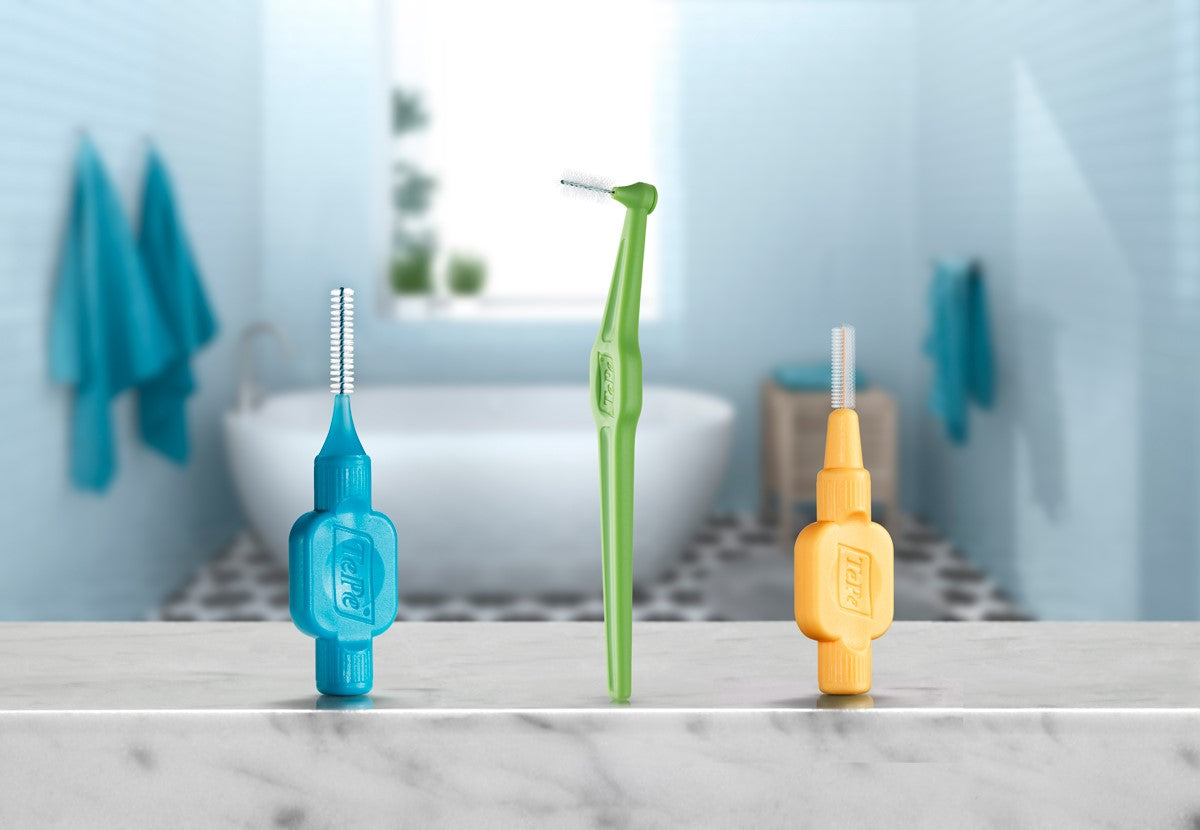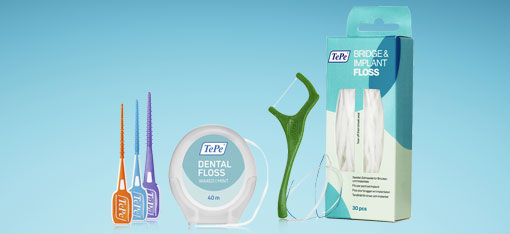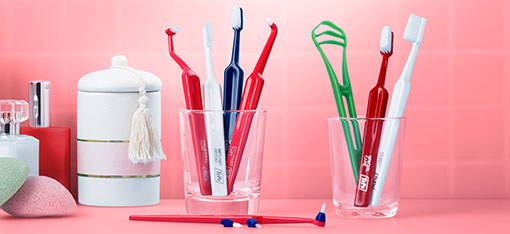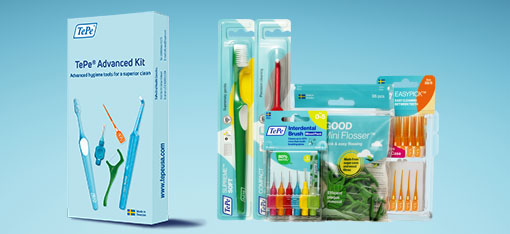Back to School: Learn the Anatomy of Your Tooth
As students head back to school, it’s the perfect time to brush up on more than just math and reading—let’s dive into the fascinating world of tooth anatomy! Understanding what’s inside your teeth can help you take better care of them and appreciate the amazing job they do every day.
🦷 The Tooth: More Than Meets the Eye
Your teeth aren’t just hard white things in your mouth—they’re complex structures made up of several layers, each with a unique role in keeping your smile strong and healthy.

1. Enamel – The Shield
The outermost layer of your tooth is called enamel. It’s the hardest substance in your body—even stronger than bone! Enamel protects your teeth from daily wear and tear, but it can’t repair itself, so brushing and avoiding sugary snacks is key.
2. Dentin – The Messenger
Beneath the enamel lies dentin, a yellowish layer that’s not as hard. Dentin contains tiny tubes that send signals to the nerves inside your tooth. If enamel wears down, sensitivity can occur.
3. Pulp – The Heart of the Tooth
At the center of your tooth is the pulp, which houses nerves and blood vessels. If bacteria reach the pulp, it can cause pain and infection—hello, root canal!
4. Cementum – The Anchor
Covering the root of the tooth is cementum, a bone-like material that helps anchor the tooth to the jawbone via tiny fibers. It’s not as hard as enamel, but it plays a crucial role in keeping your teeth stable.
5. Periodontal Ligament – The Support System
This ligament surrounds the root and connects the tooth to the jawbone. It acts like a shock absorber when you chew and helps keep your teeth in place.
📚 Why It Matters
Knowing the parts of your tooth helps you understand why brushing, cleaning between your teeth, and regular dental visits are so important. Each layer plays a role in your oral health—and protecting them means fewer cavities, less pain, and a brighter smile.
Add a dental check-up to your back-to-school checklist! A healthy mouth supports better focus, confidence, and overall well-being in the classroom.
Read More: Oral Health Tips for Children











Leave a comment